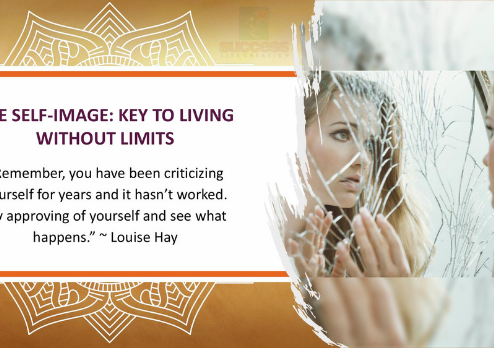
Understanding the psychology of the self can mean the difference between success and failure, love and hate, bitterness and happiness. The discovery of the real self can rescue a crumbling marriage, recreate a faltering career, and transform victims of “personality failure.” Yet, on another plane, discovering your real self means the difference between freedom and the compulsions of conformity.
Whether we realize it or not, each of us carries within us a mental blueprint or picture of ourselves. It may be vague or ill-defined to our conscious gaze. In fact, it may not be consciously recognizable at all. But it is there, complete down to the last detail. This self-image is our own conception of the “sort of person I am.” It has been built up from our own beliefs about ourselves.
Most of these beliefs have unconsciously been formed from our past experiences, our successes and failures, our humiliations, our triumphs, and the way other people have reacted to us, especially in early childhood. From all these we mentally construct a self (or a picture of a self). Once an idea or a belief about ourselves goes into this picture it becomes “truth,” as far as we personally are concerned. We do not question its validity, but proceed to act upon it “just as if it were true.”
Specifically, all your actions, feelings, behavior, even your abilities, are always consistent with this self-image. Note the word: always. In short, you will “act like” the sort of person you conceive yourself to be. More important, you literally cannot act otherwise, in spite of all your conscious efforts or willpower. Willpower is not the answer; self-image management is.
Self-image is the determining factor in all the apparent discrepancies, the failures as well as the successes. To really live, that is to find life reasonably satisfying, you must have an adequate and realistic self-image that you can live with. You must find yourself acceptable to you. You must have a wholesome self-esteem. You must have a self that you can trust and believe in. You must have a self that you are not ashamed to be and one that you can feel free to express creatively, rather than hide or cover up. You must know yourself- both your strengths and your weaknesses – and be honest with yourself concerning both. Your self-image must be a reasonable approximation of “you,” being neither less than you are.
When this self-image is intact and secure, you feel good. When it is threatened, you feel anxious and insecure. When it is adequate and one that you can be wholesomely proud of, you feel self-confident. You feel free to be yourself and express yourself. You function at your optimum. When the self-image is an object of shame, you attempt to hide it rather than express it. Creative expression is blocked. You become hostile and hard to get along with.
If a scar on the face enhances the self-image, self-esteem and self-confidence are increased. If a scar on the face detracts from the self-image, loss of self-esteem and self-confidence result.
When a facial disfigurement is corrected by plastic surgery, dramatic psychological change can result “only” if there is a corresponding correction of the mutilated self-image. Sometimes the image of a disfigured self persists even after successful surgery, much the same as the “phantom limb” may continue to feel pain years after the physical arm or leg has been amputated.